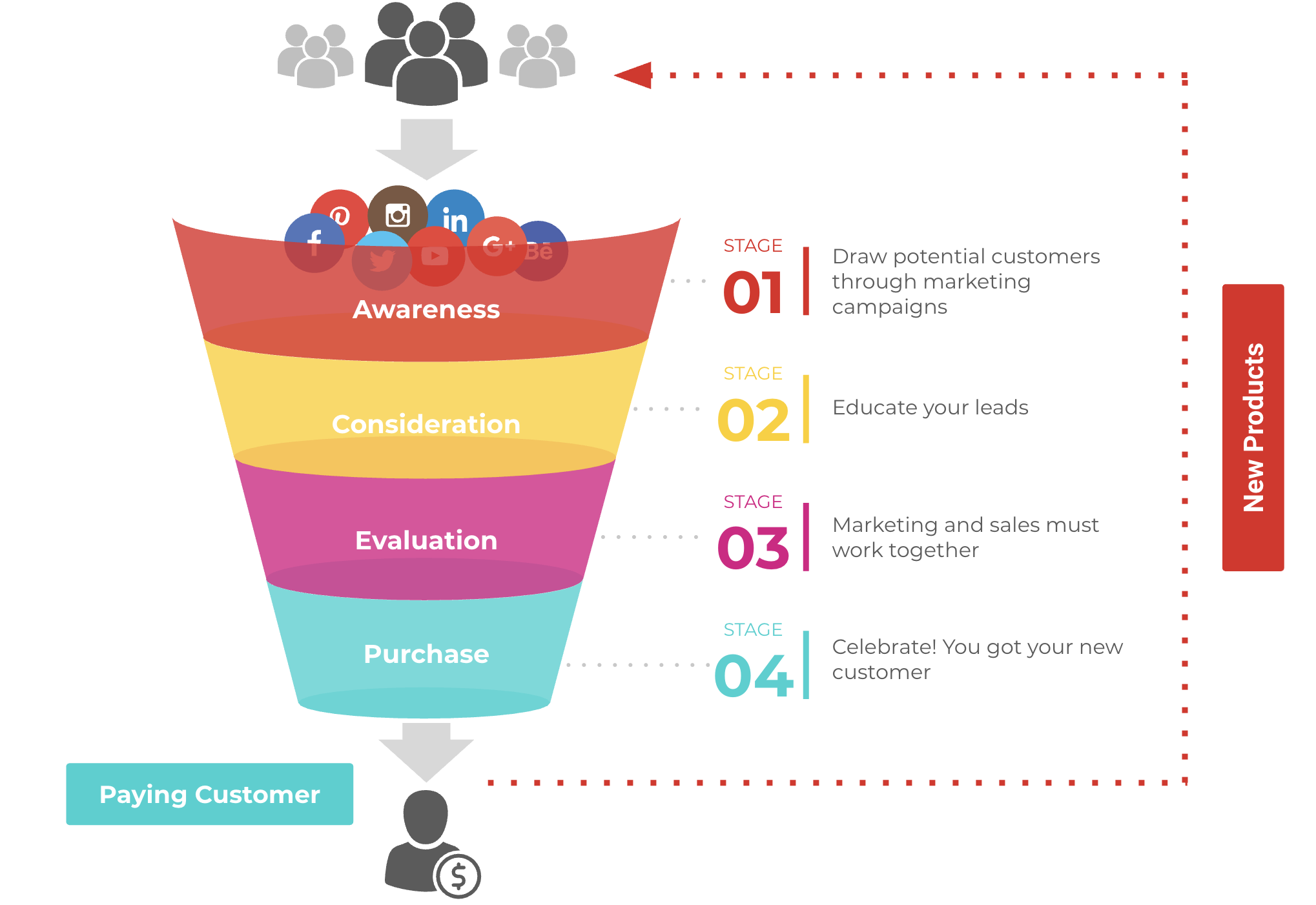5 Tips Paid Social

In the realm of digital marketing, paid social media advertising has emerged as a powerful tool for businesses to reach their target audience, drive website traffic, generate leads, and ultimately, boost sales. The ever-evolving landscape of social media platforms, algorithms, and user behaviors demands a strategic approach to maximize the return on investment (ROI) from paid social campaigns. Here are five actionable tips to enhance your paid social media advertising efforts:
1. Define and Understand Your Target Audience
Before diving into the world of paid social, it’s crucial to have a deep understanding of your target audience. This includes not just demographics, but also their interests, behaviors, pain points, and what motivates them to engage with your brand. Utilize social media insights tools and conduct market research to create buyer personas that guide your advertising strategy. Tailoring your ads to resonate with specific audience segments can significantly increase the effectiveness of your campaigns.
2. Set Clear Campaign Objectives
Each paid social campaign should be designed with specific, measurable objectives in mind. Whether your goal is to increase brand awareness, drive website traffic, generate leads, or conversions, setting clear objectives helps in selecting the right ad formats, bidding strategies, and Key Performance Indicators (KPIs) to track. For instance, if your objective is conversions, focusing on retargeting ads or utilizing lookalike audiences can be particularly effective.
3. Optimize Your Ad Creative
The creative elements of your ad, including images, videos, headlines, and descriptions, play a critical role in capturing users’ attention and driving engagement. Best practices include using high-quality visuals that are contextually relevant to your message, crafting compelling and concise copy, and ensuring that your call-to-action (CTA) is clear and actionable. Furthermore, testing different ad creatives through A/B testing can provide valuable insights into what resonates best with your audience, allowing for data-driven optimizations.
4. Leverage Retargeting and Lookalike Audiences
Retargeting allows you to reach users who have previously interacted with your brand, whether by visiting your website, engaging with your content, or abandoning their shopping cart. This can be a powerful strategy for re-engaging interested users and nudging them further down the sales funnel. Additionally, lookalike audiences enable you to target new users who share similar characteristics with your existing customers or followers, offering a potent method for expanding your reach to high-potential audiences.
5. Monitor, Analyze, and Optimize
The success of paid social campaigns is deeply intertwined with continuous monitoring and analysis. Tracking your KPIs, such as click-through rates (CTR), conversion rates, and cost per acquisition (CPA), provides crucial insights into the performance of your ads. Regularly analyzing these metrics allows you to identify areas of improvement, whether it’s adjusting targeting parameters, refining ad creatives, or allocating budget more efficiently across high-performing campaigns. This iterative process of optimization is key to maximizing your ROI and achieving your marketing goals.
Expert Insight
Paid social media advertising, when executed thoughtfully, can be a game-changer for businesses aiming to connect with their audience in a cluttered digital landscape. By understanding your audience deeply, setting clear objectives, crafting compelling ad creatives, leveraging advanced targeting options, and continuously optimizing your campaigns, you can unlock the full potential of paid social and drive meaningful growth for your brand.
Step-by-Step Guide to Campaign Optimization
- Identify Key Metrics: Determine which metrics are most relevant to your campaign goals.
- Regular Analysis: Schedule regular check-ins to review campaign performance.
- Ad Creative Testing: Continuously test and refine ad creatives based on performance data.
- Targeting Refinement: Adjust targeting parameters to better align with high-performing audience segments.
- Budget Allocation: Dynamically allocate budget to campaigns and ad sets that demonstrate the highest ROI.
Pros and Cons of Advanced Targeting Options
Pros: - Increased Relevance: Targeting options like retargeting and lookalike audiences allow for highly relevant ads, increasing the likelihood of engagement and conversion. - Efficiency: By focusing on users most likely to be interested, you can reduce wasted ad spend and improve campaign efficiency.
Cons: - Complexity: Advanced targeting options can add complexity to campaign setup and management. - Data Dependence: The effectiveness of these strategies is highly dependent on the quality and quantity of your existing data.
What are the most effective paid social media platforms for B2B marketing?
+While LinkedIn is often touted as a premier platform for B2B marketing due to its professional user base, platforms like Facebook and Twitter can also be highly effective, especially when targeting specific job titles, industries, or company sizes. The choice of platform should be guided by where your target audience is most active and receptive to your messaging.
How can I measure the ROI of my paid social media campaigns?
+Measuring the ROI of paid social campaigns involves tracking key metrics such as conversions, cost per acquisition (CPA), and return on ad spend (ROAS). Utilizing pixel tracking on your website can help attribute conversions directly to your social media ads, providing a clear picture of your campaign’s financial performance.